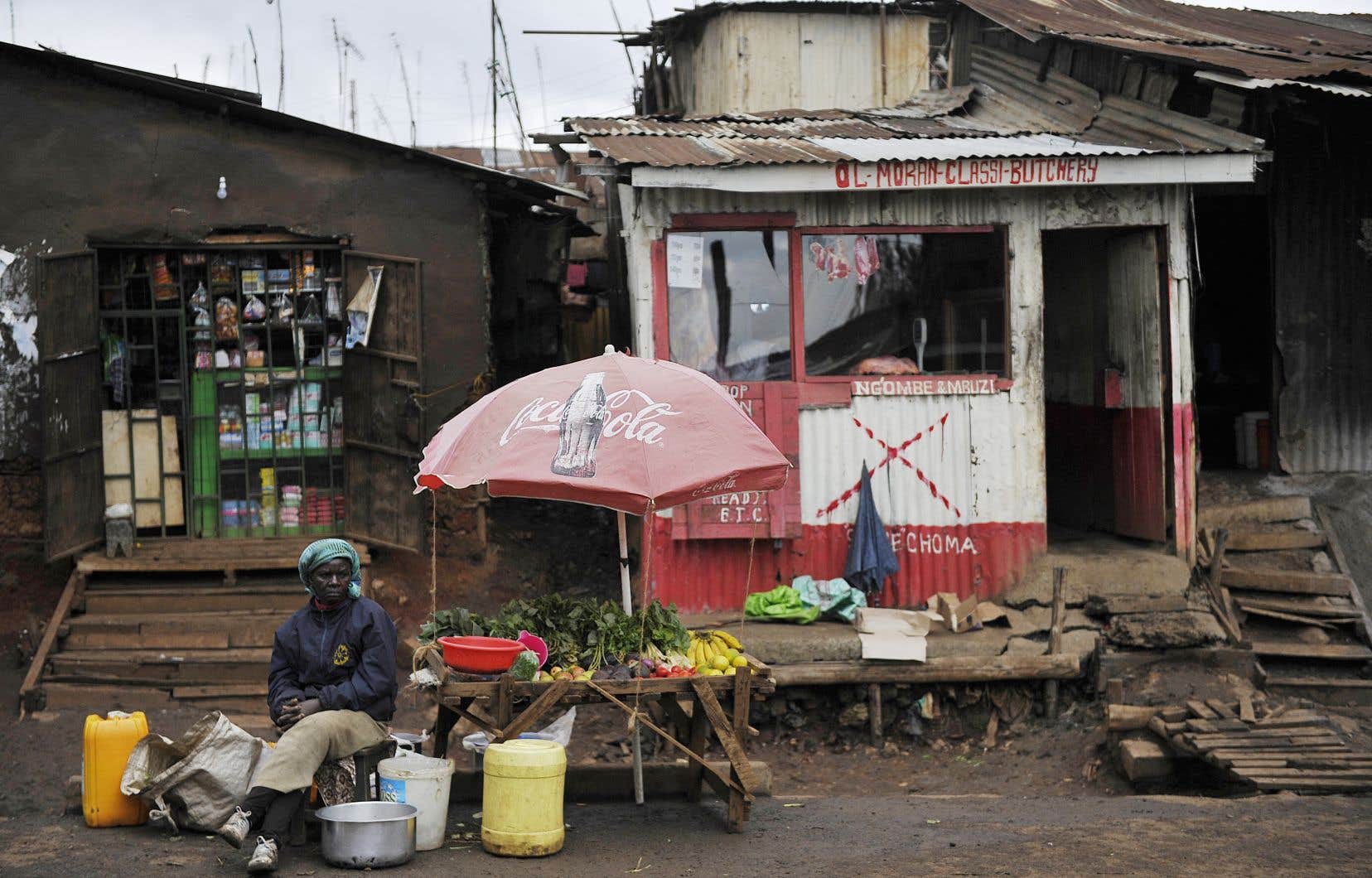It’s hard to imagine, but Canada has enriched itself, almost in secret, with $19 billion.
In fact, last August, due to the COVID-19 crisis, Canada received this amount from the International Monetary Fund (IMF) in the form of a special asset called Special Drawing Rights (SDRs), which were placed in our international reserves. This is part of a record $650 billion in SDR allocation that has been injected into the global economy to counteract the damage from the pandemic.
Last week, Minister Chrystia Freeland was in Washington to discuss with her fellow G-20 finance ministers how best to use these windfall profits to stimulate the global economy, among other things.
SDRs can be used to boost a country’s international reserves or exchange them for real currency to buy goods such as vaccines or personal protective equipment. Developing countries are already using this new fiscal room for maneuver that they sorely lacked. In Madagascar, the new SDR will be used to respond to the health crisis and economic recovery; In Senegal, it will be used to strengthen the health system and increase social protection.
take action
But Canada, on the other hand, does not risk using these new resources, because our international reserves, like those of other rich countries, were already in oversupply before this “manna” fell from the sky. And this is the absurdity of the situation: while all the member states of the International Monetary Fund received this unprecedented financial support, only a very small part went to very poor countries, because the allocation was made according to the size of the economies. In fact, the very poor countries together would have barely $26 billion, which is just over a small country like Canada.
With the spread of vaccination, Canada is already beginning to get back on its own two feet. But in low-income countries, investments have fallen, and an estimated 65 to 75 million people worldwide have fallen into extreme poverty.
That is why the leaders of the Group of Seven industrialized nations concluded that of the 650 billion SDRs, 100 billion should be recycled from the richest countries to the poorest. It should be minimal. If Canada recycles 25% of the new SDRs initially received, this would unlock up to C$4.7 billion, which is roughly two-thirds of Canada’s aid budget, without the aid budget. The impact on developing countries would be enormous, and would actually cost us very little. For example, if Canada were to loan SDRs to other countries without interest, our only direct cost would be a small amount of interest paid to the IMF, which could be about $24 million at current rates.
As we just celebrated the International Day for the Eradication of Poverty on October 17th, it is good to remember that we have an opportunity to act rather than cling to platitudes. President Macron set the tone by pledging to recycle a fifth of France’s new SDR allocation, and this week the United Kingdom followed suit, which also pledged 20%. It is Canada’s turn to take action.
After all, the SDR was invented to finance the Marshall Plan in case of the dark days of the global economy. With the pandemic, the world hasn’t seen such dark days in nearly a century. It’s time to put the plan into action.
Watch the video

“Subtly charming problem solver. Extreme tv enthusiast. Web scholar. Evil beer expert. Music nerd. Food junkie.”


